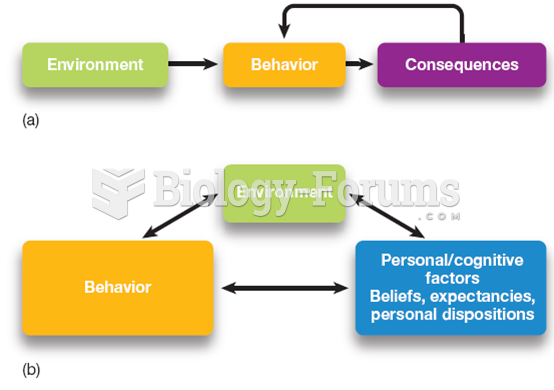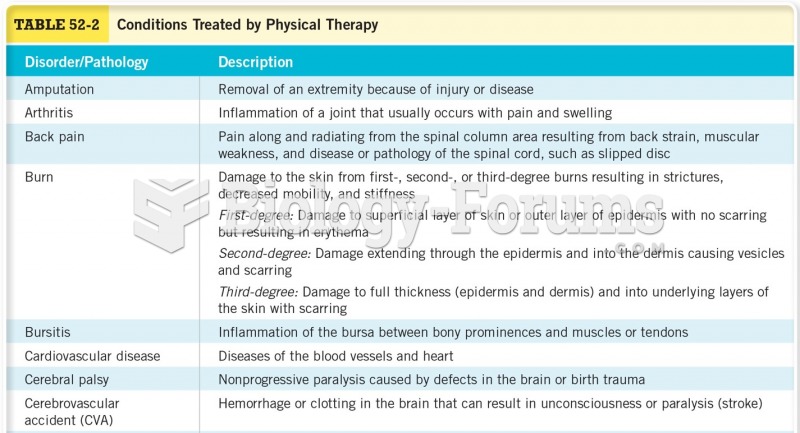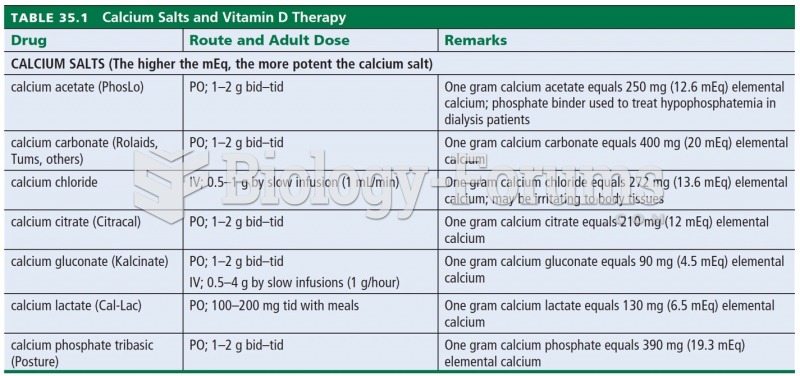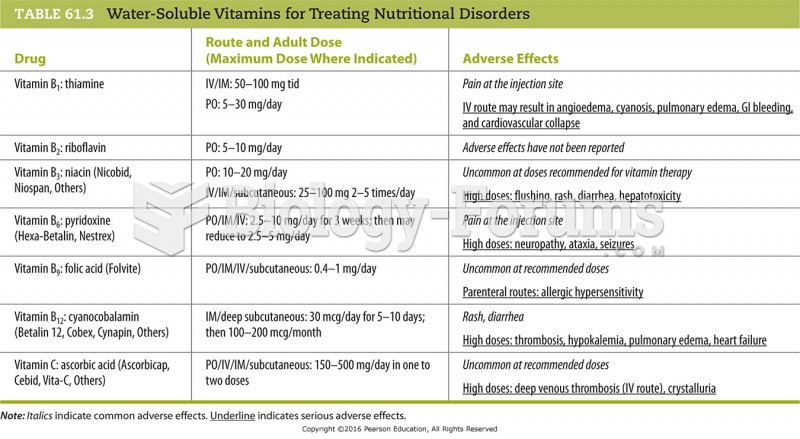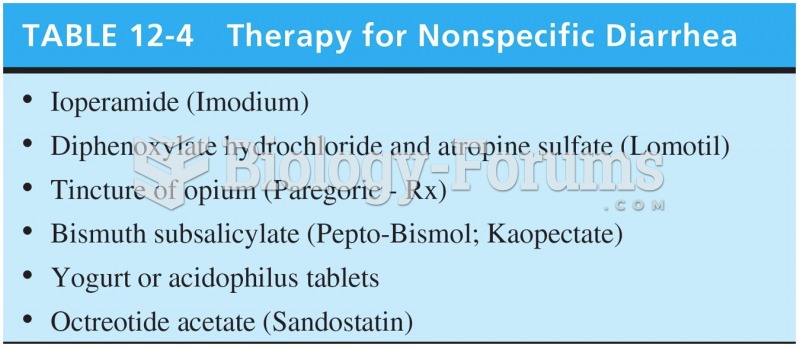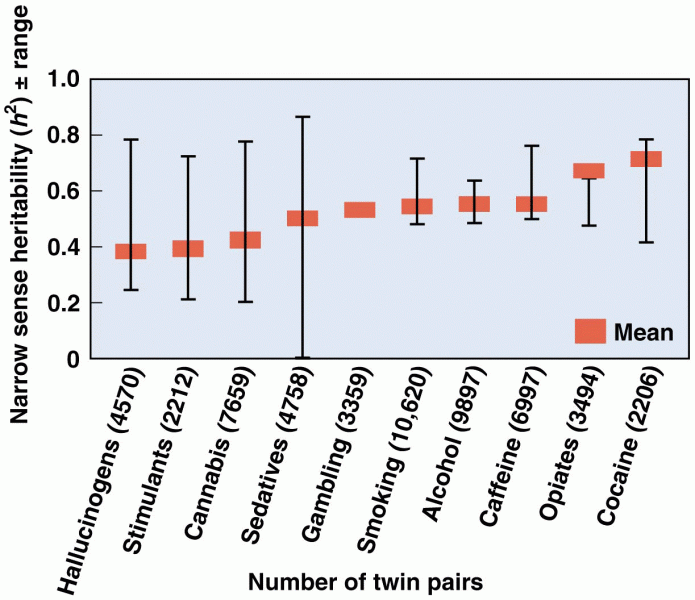Answer to Question 1
B
Answer to Question 2
Alcoholics Anonymous (AA) is a common intervention for alcoholism which regards alcoholism as a disease and advocates total abstinence.Research indicates that abstinence significantly increased chances of continued recovery and that AA is successful in the treatment of alcohol dependence. Strong affiliation with AA predicted better treatment outcome, and involvement with AA was associated with feelings of self-efficacy, active coping, and motivation to stop drinking which, in turn, are associated with positive outcome. Additional research has found that both therapy and participation AA resulted in better outcome during a sixteen-year follow-up period compared to no intervention. Additionally, AA members reported new friendships and enhanced mood as well as increased coping skills and motivation for abstinence. There is also evidence that controlled drinking may work for some alcohol abusers; however, identifying which individuals can handle controlled drinking without major relapse is crucial.
Medications are used in the treatment of alcohol-use disorder. Antabuse (disulfiram) produces an aversion to alcohol, however alcoholics often use Antabuse inconsistently due to its adverse effects and few studies support its use. Naltrexone is a medication used to reduce craving for and pleasure in using alcohol and has been found to reduce heavy drinking among individuals with strong cravings for alcohol yet it is less effective in sustaining abstinence.
Psychological and pharmacological approaches to alcohol treatment demonstrate only modest effects. For college students, face-to-face interventions using motivational interviewing and providing information correcting misperceptions of social norms regarding drinking demonstrated a reduction in alcohol-related problems. These methods combined with challenging positive expectancies regarding alcohol use successfully reduced heavy drinking in another group of college students. There a need for continued research regarding treatments for alcoholism and need to increase access to alcohol treatment, as research indicates the decision to enter treatment is a crucial change point for those with alcohol dependence.


